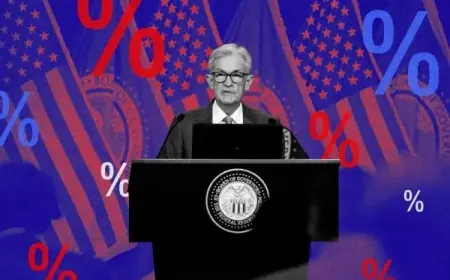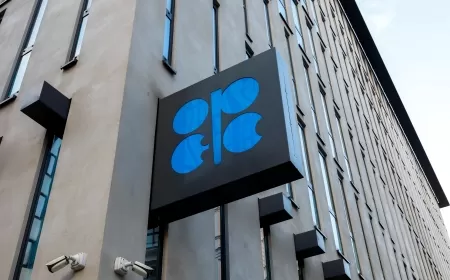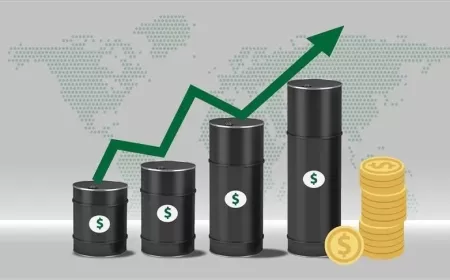IEA Flags Mismatch Between Oil Market Balance and On-Ground Supply Pressure
Global oil supply is climbing, but summer fuel demand and stagnant inventories are straining availability. IEA says OPEC+ output hikes haven't eased the pressure.

The International Energy Agency (IEA) said on Friday that global oil supply is set to rise more than previously expected this year, but increased refining activity and fuel consumption are absorbing output faster than anticipated.
According to its July report, the IEA now estimates that global oil production will grow by 2.1 million barrels per day (bpd) in 2024 — an upward revision of 300,000 bpd. In contrast, global demand is forecast to grow by 700,000 bpd, suggesting a sizeable theoretical surplus.
However, the agency noted that higher refinery processing, spurred by peak summer fuel usage and increased power generation, is tightening physical availability.
"Price indicators also point to a tighter physical oil market than suggested by the hefty surplus in our balances," the agency stated.
OPEC+ Output Hike Has Limited Effect on Market Conditions
Last Saturday, OPEC+ announced an accelerated unwinding of production cuts, aimed at increasing supply. But the IEA noted that the move has done little to ease current pricing pressure or shift market sentiment.
“The decision by OPEC+ to further accelerate the unwinding of production cuts failed to move markets in a meaningful way,” the report added, pointing to firmer demand fundamentals.
That sentiment has also been echoed by OPEC officials and oil company executives throughout the week. Speaking at recent energy conferences, they said that additional barrels entering the market are being used immediately rather than stored, underlining persistent consumption strength.
Inventory Growth Remains Subdued, Refineries Ramp Up
Much of the reported mismatch between supply data and on-the-ground availability comes from refining trends. Processing rates have climbed across major regions to meet higher gasoline, diesel, and jet fuel demand, particularly in the U.S., Europe, and Asia.
As refineries absorb more crude, inventory levels — especially in key consumer nations — are not showing the growth typically associated with a production surplus. This has supported pricing stability, even in the face of growing supply.
Projections for 2025 Indicate Continued Imbalance
For 2025, the IEA forecasts a global supply increase of 1.3 million bpd, while demand is expected to grow by 720,000 bpd, slightly lower than its earlier estimate. This still points to excess production on paper, but actual market behavior may once again tell a different story depending on consumer fuel usage, refinery throughput, and geopolitical stability.
With high temperatures pushing electricity demand higher and global travel activity recovering, refined product consumption is expected to remain strong through the second half of the year.
Also Read: Oil Prices Steady as Market Awaits OPEC+ Output Decision, US Inventory Data





























































